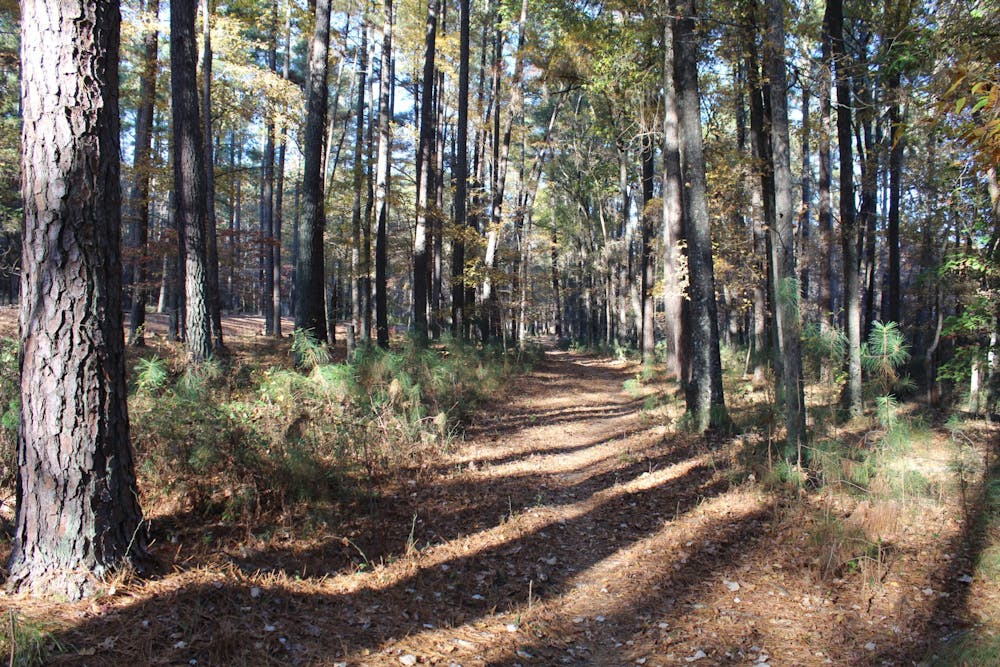Nowhere has the battle of local green space been more contentious than deciding the future of the Greene Tract. The conversation over the land — just off Rogers Road — is being deterred by misinformation, improper framing and lack of dialogue.
Last week, the Orange County, Chapel Hill and Carrboro governments held listening sessions to hear community concerns about the future of the property. Town staff gave an overview of the property — including its extensive political and environmental history and future land use plans.
They opened the floor to community members to ask questions and share their comments — sentiments largely revolved around the preservation of the Greene Tract.
“I would just like to go on record with my disapproval for any developmental plans of this land other then to preserve it as green public space used for recreational purposes,” one community member said in the Zoom comments.
“There is a lack of emphasis being placed on green space in the future planning of the Chapel Hill / Carrboro area,” said attendee Jonathan Rader.
While there is nothing inherently wrong with a desire for green space in our community, the issue of the Greene Tract is not simply about parks and trails, it’s about a historically marginalized community in Rogers-Eubanks being continually silenced — a silence perpetuated by the idea that Chapel Hill is somehow devoid of green space entirely.
There is a rhetoric, like the one expressed at these meetings, that the Town is ripping up our beautiful trees for the sake of rampant development in Chapel Hill. It’s been pushed by community groups like Friends of the Greene Tract Forest and recently elected Town Council member Adam Searing.
False narrative #1: Not enough local green space
Earlier this month, Searing published an op-ed in the News and Observer arguing that green spaces should be preserved and proximity to parks should be increased.




